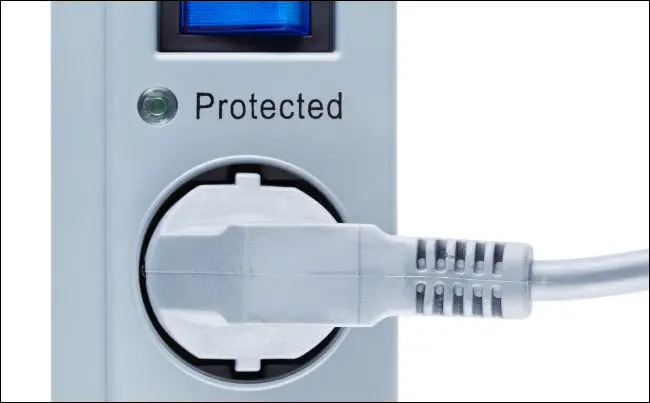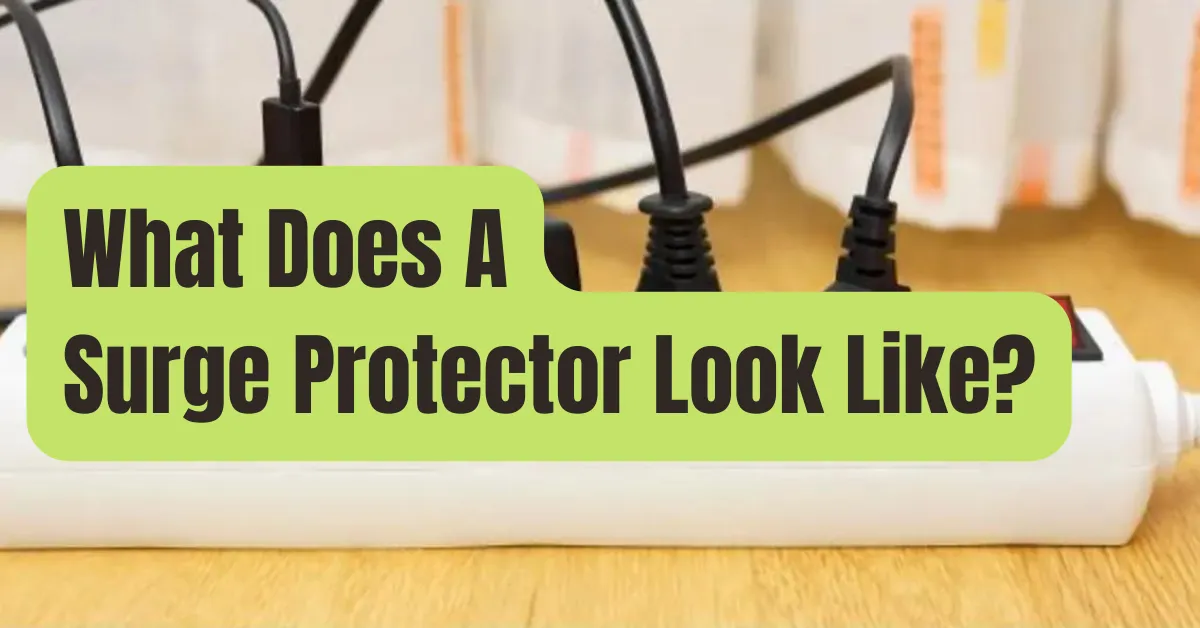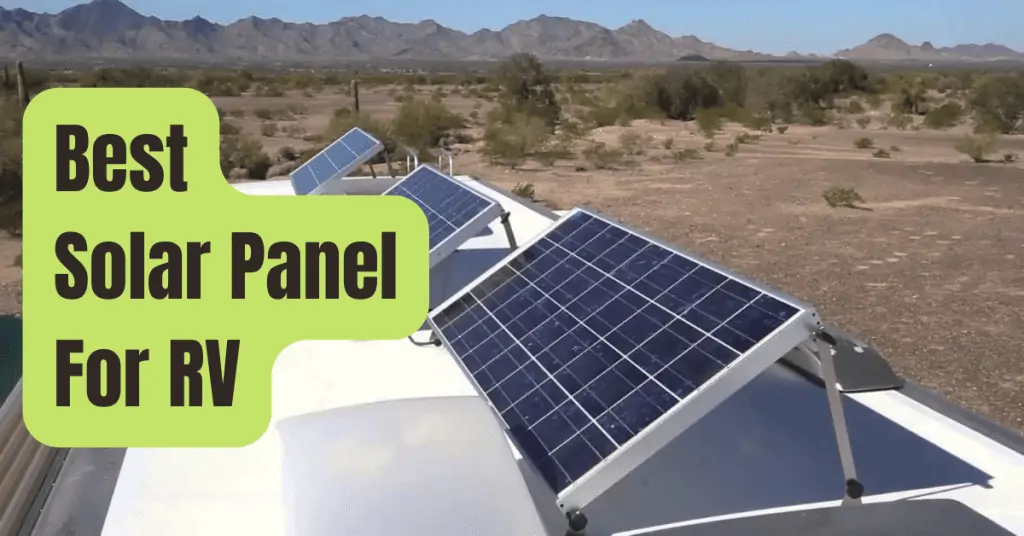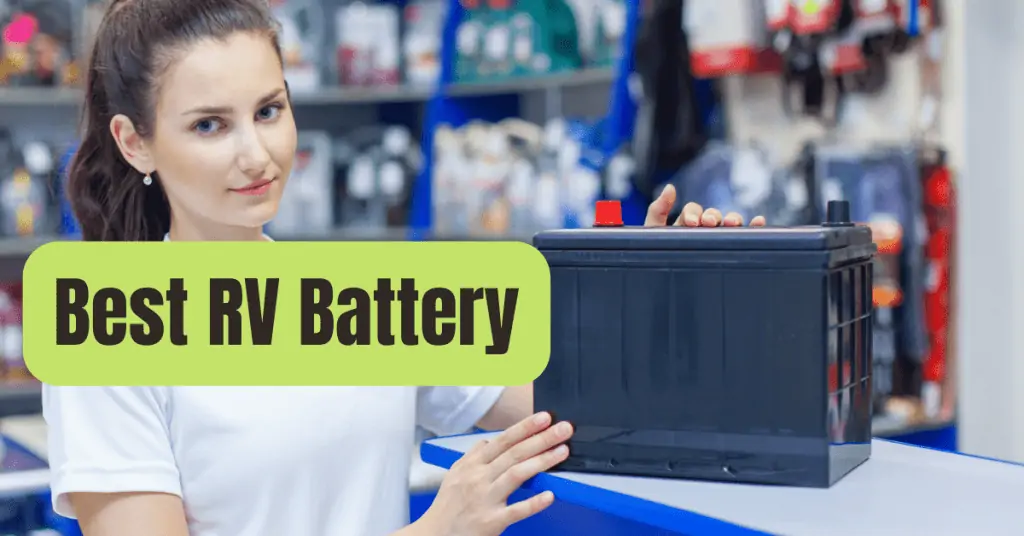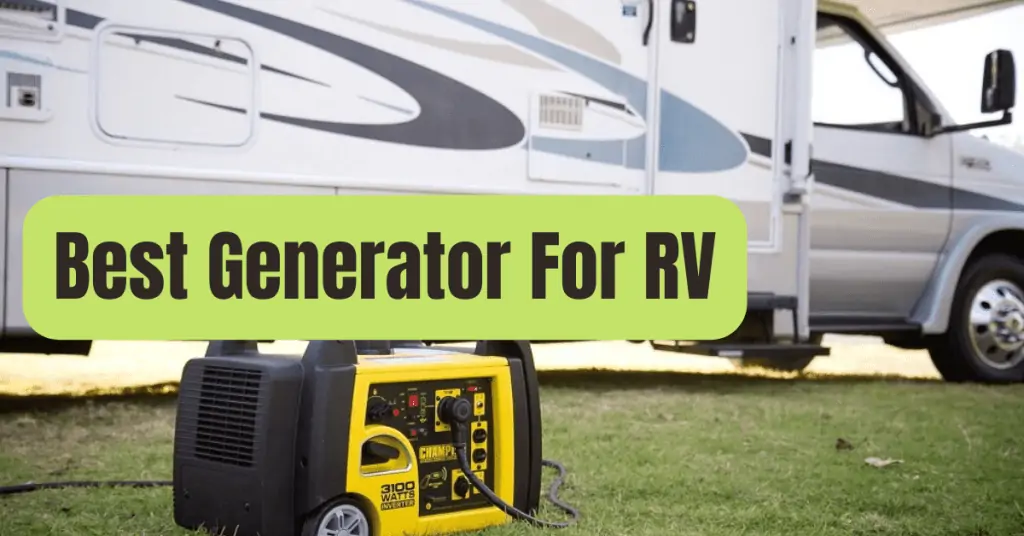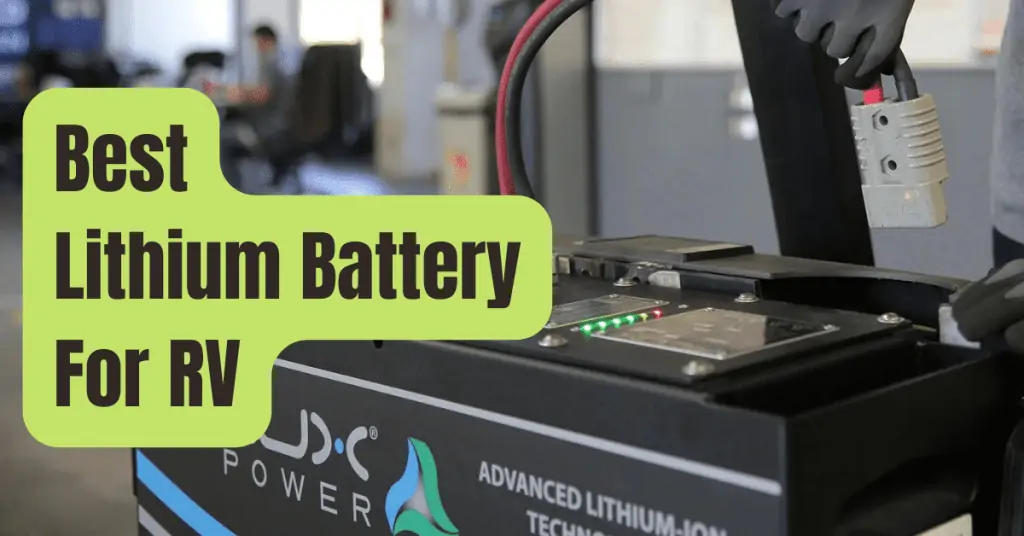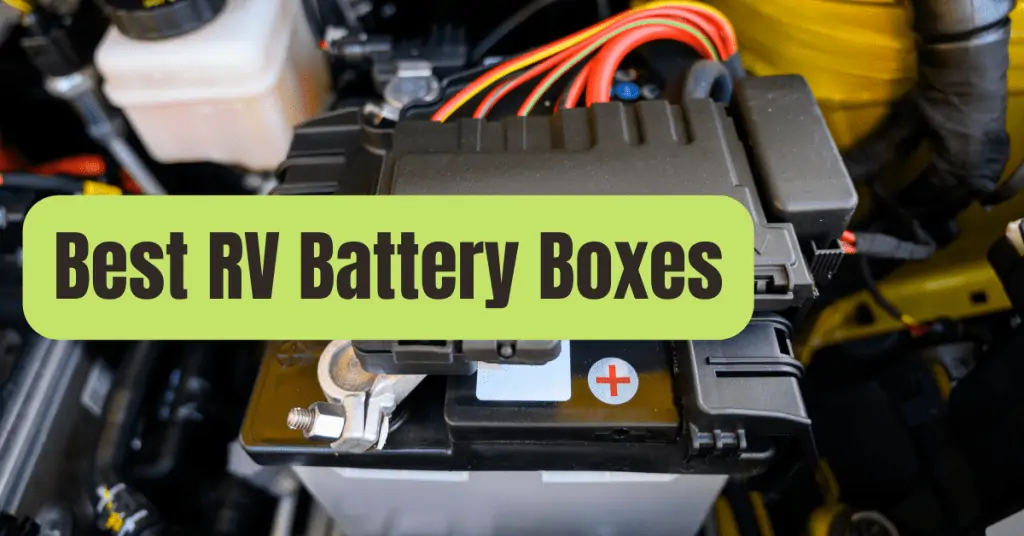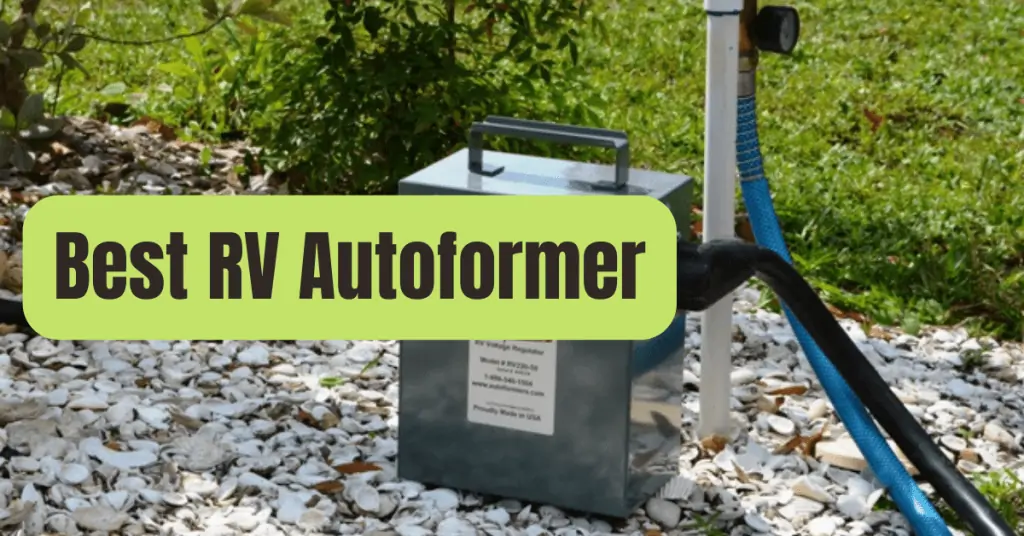While power strips and surge protectors often share similarities, not all power strips are surge protectors.
Your devices are only really protected from power spikes by surge protectors.
Many power strips are little more than rebranded extension cables with no safety features.
But with only a quick glance, you can determine if a strip offers surge protection.
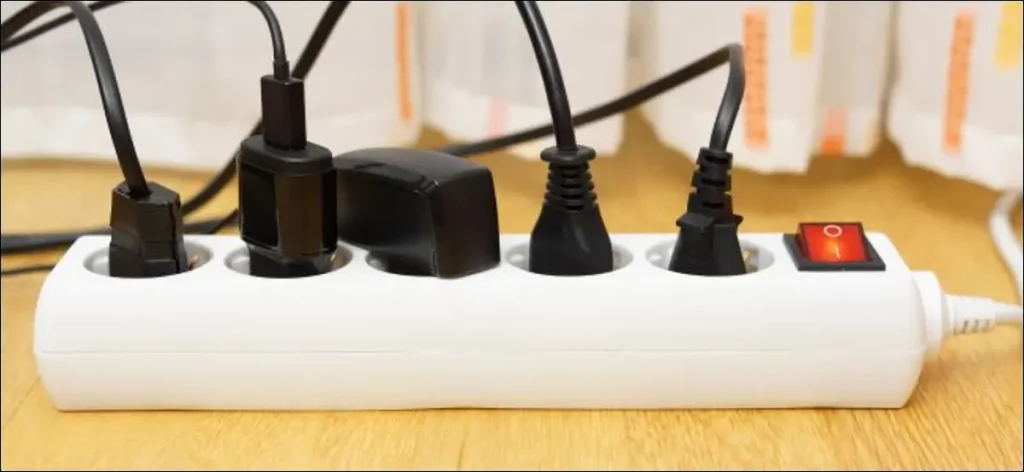
Surge Protection Is Not Available On All Power Strips.
Multiple device outlets are provided via a power strip, which is plugged into a wall socket.
But a basic power strip just does that.
Although it could contain a button to instantly shut off electricity to all connected devices, in essence, it is an extension cable with several outlets and no fancy features.
In terms of safety, connecting a gadget to a power strip is similar to connecting it to a wall outlet.
A surge protector, also known as a surge suppressor, often resembles a power strip.
Most surge protectors connect into a wall socket as power strips do and provide outlets for many devices.
Surge protectors, however, also have electronics built in that aid in preventing connected equipment from being harmed by power surges.
More security is offered when a gadget is connected to a surge protector rather than just a wall socket.
Surge protectors and conventional power strips have a similar appearance, although not all power strips are surge protectors.
Surge protectors cost a little more money.
Using a surge protector is a smart idea when it comes to pricey electrical items like your TV and home theater system, or your PC and other upscale gadgets.
However, a simple power strip works just fine whether you’re plugging in a toaster or coffee machine.
Surge protectors often come in power strip shapes, however this is not always the case.
A single-outlet surge protector, for instance, enables you to connect only one item into a single wall outlet while still providing surge protection.
Simply said, the power strip design is more prevalent.
Understanding the Differences on Packaging
Make careful to seek for the phrases “surge protector” or at the very least “protection” or “suppression” when purchasing a surge protector from a retailer.
Surge protectors and power strips are often seen together in stores, and at first sight they might be confused.
The power strips will be less expensive, but carefully study the details: A surge protector is not something that just says “power strip.”
You’re likely to see this information prominently displayed on the surge protector since surge protectors are often evaluated in terms of how much energy they can absorb in Joules.
As an example, the Belkin surge protector that we referred to above has an energy rating of 3,940 joules.
For smaller gadgets like networking equipment, cellphones, printers, and so on, a surge protector rated at 1000–2000 Joules is usually sufficient.
Look for anything with more than 2000 Joules if you want to safeguard your home theater equipment, gaming consoles, or desktop and laptop computers.
Additionally, seek for a surge protector with an even greater rating if you’re using it to safeguard many major components.
The product packaging (or online product listing) makes it simple to avoid basic power strips and select a surge protector as long as you are aware to check for surge protection.
On A Device, How To Identify The Differences
You can quickly determine whether or not a collection of power strips you have around are surge protectors by looking at them closely.
Surge protectors often feature a “Protected” or “Protection” light on them that illuminates when they are plugged in, however this is not always the case.
You may infer from this that the surge protector is operational and does not need replacement.
You could find a “suppressed voltage rating” or a similar specification if you turn the gadget over and study the small text on the back.
The item you are holding is a surge protector if it has any words like “protection” or “suppression” written on it.
The surge protector may need to be changed if it is extremely old and no longer serves its intended purpose.
Of course, it is the reason for the light on the new surge protectors.
When a surge protector is plugged into an outlet and a light doesn’t come on, this means that the surge protector has worn out and is now simply a power strip with no surge protection.
You are holding a basic power strip and not a surge protector if there is no “protected” light or any reference to protection or suppression written on the device.
You shouldn’t connect your home entertainment system to it, but it’s acceptable for your coffee machine.
Additionally, you may want to think about an uninterruptible power supply (UPS) if you’re searching for even more security for your desktop or laptop computer.
These likewise allow for multiple device plug-ins and surge protection, but they also provide battery backup protection for power outages.
In the event of a power outage, they allow you enough time to save documents and gently shut down your computer.
